You likely have some real science fiends in your class. You know them! These students love to investigate anything science-related, moving from animals to astronomy and beyond. Wondering what happens to those fascinated by the field of science as they age? Some of them follow their childhood passions while moving into adulthood. They explore their own opportunities in the realm of science: researching, teaching, or inspiring others by sharing their skills.
In one of The Walking Classroom’s Science Career Series podcasts, you can hear from someone just like that — Bob Alderink. As Coordinator of the Natural World Investigate Lab at the North Carolina Museum of Natural Sciences, Bob brings science to others daily. How does he do that? Through his work at the museum, he helps folks build on science, connecting it to other areas!
For over twenty years, Bob has provided the public with access to the scientific experience. Bob blends the knowledge from his bachelor’s degree in parks and recreation management and minor in biology with his lifelong passion for science. He has developed programs, workshops, and classes for people of all ages and abilities. In the lab, museum visitors can use microscopes and other scientific equipment. They can perform an experiment or even take classes in biology and geology!
You can access the podcast with Bob, either for free via our website or on WalkKits in three of The Walking Classroom’s program offerings (4-#90, 5-#96, STEM-#51).
Making the World Safe . . . from Mosquitos?!
One of Bob’s current projects focuses on the environment and the idea of bioremediation, or using something in nature to take care of something else. In the podcast, he brings up the subject of polluted water. He discusses the use of duckweed to pull pollutants out of pond environments to make them more inhabitable. Once the duckweed has done the trick; however, it needs to be removed. But how? Not only scientists investigate possible solutions for this and other environmental problems. We can learn loads about the natural world through experimentation and observation!
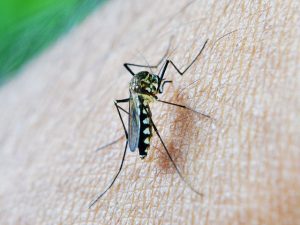 Did you know that mosquitos are the most deadly animals? According to the World Health Organization, mosquito bites kill more than 1 million people every year! Now there’s a problem that needs bioremediation!
Did you know that mosquitos are the most deadly animals? According to the World Health Organization, mosquito bites kill more than 1 million people every year! Now there’s a problem that needs bioremediation!
. . . and Moving into History . . . and Math ?!
Beyond typical science topics, other subjects can be found moving into the lab too. History comes in thanks to Bob’s other interest, America’s past!
A beekeeper for nearly a decade now, Bob has access to plenty of beeswax. Because of this, classes offered in the lab have even included candle making. This early American pursuit was practiced by none other than the father of Benjamin Franklin (4-#47, Complete-#69)!
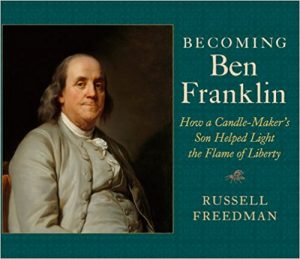 This fun fact is revealed in Russell Freedman’s 96-page book, Becoming Ben Franklin: How a Candle-Maker’s Son Helped Light the Flame of Liberty (1170L). Extend your discussion of Franklin beyond his role in history, and mix in some math as well. Franklin was not only famous for being a writer, statesman, and scientist; he was a creative mathematician too!
This fun fact is revealed in Russell Freedman’s 96-page book, Becoming Ben Franklin: How a Candle-Maker’s Son Helped Light the Flame of Liberty (1170L). Extend your discussion of Franklin beyond his role in history, and mix in some math as well. Franklin was not only famous for being a writer, statesman, and scientist; he was a creative mathematician too!
In fact, one of his creations (the magic square), has columns and rows of numbers resulting in the same sum when added together. Lead your students on some mathematical explorations with something they can solve! Activities abound to support you in your efforts!
Connecting Curricular Areas
The study of the natural world can be seen moving into other curricular areas, open up new ideas to investigate, and enhance student learning! In this case, Bob’s interests and experience manage to connect STEM subjects, like science and math, with social studies. And that’s just one example!


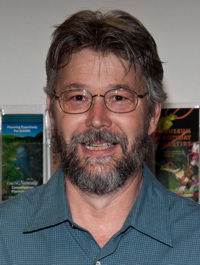
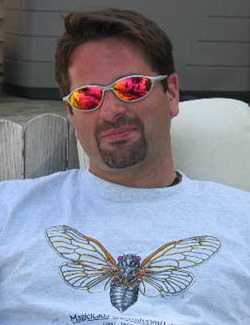
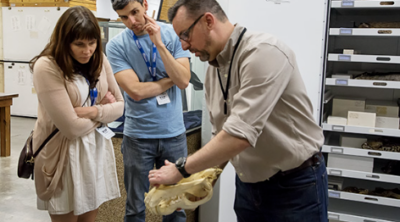
Leave a Reply